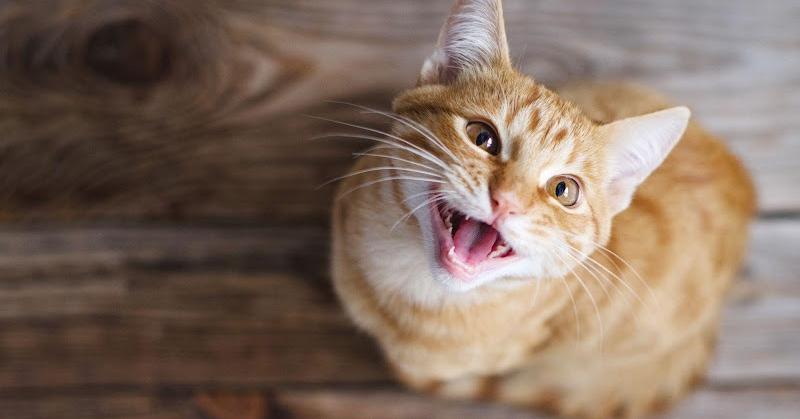Owning a dog or cat comes with some confusing moments. Are they prancing around because they’re hungry, need to go outside, or just want some attention?
Every pet owner would love nothing more than for their furry friend to be able to talk so they can tell us what’s wrong or what they want. Unfortunately, short of training them to use those popular talking buttons or waiting to see if smart collars in the future tell us what we need to know, we have to rely on interpreting their body language and other cues.
If you want to listen to your pet’s needs better, check out this quick guide we put together.
Understanding their Body Language
Your pet, particularly dogs, uses many parts of their bodies to express various emotions. Being attentive to their body language, such as their eyes, ears, and facial expressions, can provide insights into their feelings. For instance, a fully open-eyed stare could indicate alertness while you’re napping or exercising at home, whereas avoidance of eye contact might demonstrate submission. Similarly, a dog might narrow his eyes and stare at you if he feels aggressive.
If your pet is going potty and leaving urine stains throughout the house and its bed, it may be time to visit the vet to ensure there are no underlying medical issues. While most of us think that dogs and cats do this to show dominance, it could also indicate pain or discomfort.
Observing the ears is also a useful method; a cat’s ears flat against its head might indicate anxiety, while dogs and horses prick their ears slightly forward when they’re concentrating on something. Relaxing or panting without showing teeth might suggest your dog is cooling off but still alert. These silent communications are key to understanding your pet’s needs. It may also give you hints if they require something more, such as the use of CBD oil for dogs or if you should consider dog anxiety treatment options.
Interpreting Tooth Exposure
Pets and animals generally have a different approach to exhibiting their pearly whites compared to humans. When we humans show our teeth, it’s usually an expression of joy, pleasure, or fun. However, animals and pets, on the other hand, flash their teeth primarily as a preparation for confrontation—a silent warning that says, “I may bite you right now.”
This act of revealing teeth can be rooted in various emotions, such as fear, threat, or anger. It can also occur during playful sessions—a signal of faux seriousness during mock battles and wrestling. Understanding this behavior can help pet owners better interpret their pet’s emotions and mood.
Legs and Tail
How your pet makes use of their legs and tail can offer critical clues about their emotional state, similar to the signals given through their eyes, ears, and facial expressions. For instance, a horse may lazily swish its tail as a means to shoo away pesky flies, whereas a rapid flick could be indicative of irritation or anger. Cats share this behavior, displaying quick tail flicks when they are agitated. When a dog’s tail is held parallel to or slightly below its body, it suggests a friendly disposition.
On the other hand, horses may choose to express their playful mood or convey their unease by bucking their legs. In a large yard, these movements can be observed more clearly, offering valuable insights to owners about their pet’s feelings and needs.
Conclusion
Understanding your pet’s communication techniques is crucial to building a strong and nurturing relationship with them. By paying close attention to their body language, from their eyes and ears to their tail and legs, pet owners can gain valuable insights into their companions’ emotions and needs. As we continue to improve our ability to interpret these signals, we move closer to a world where our pets’ feelings and desires are no longer a mystery to us.






